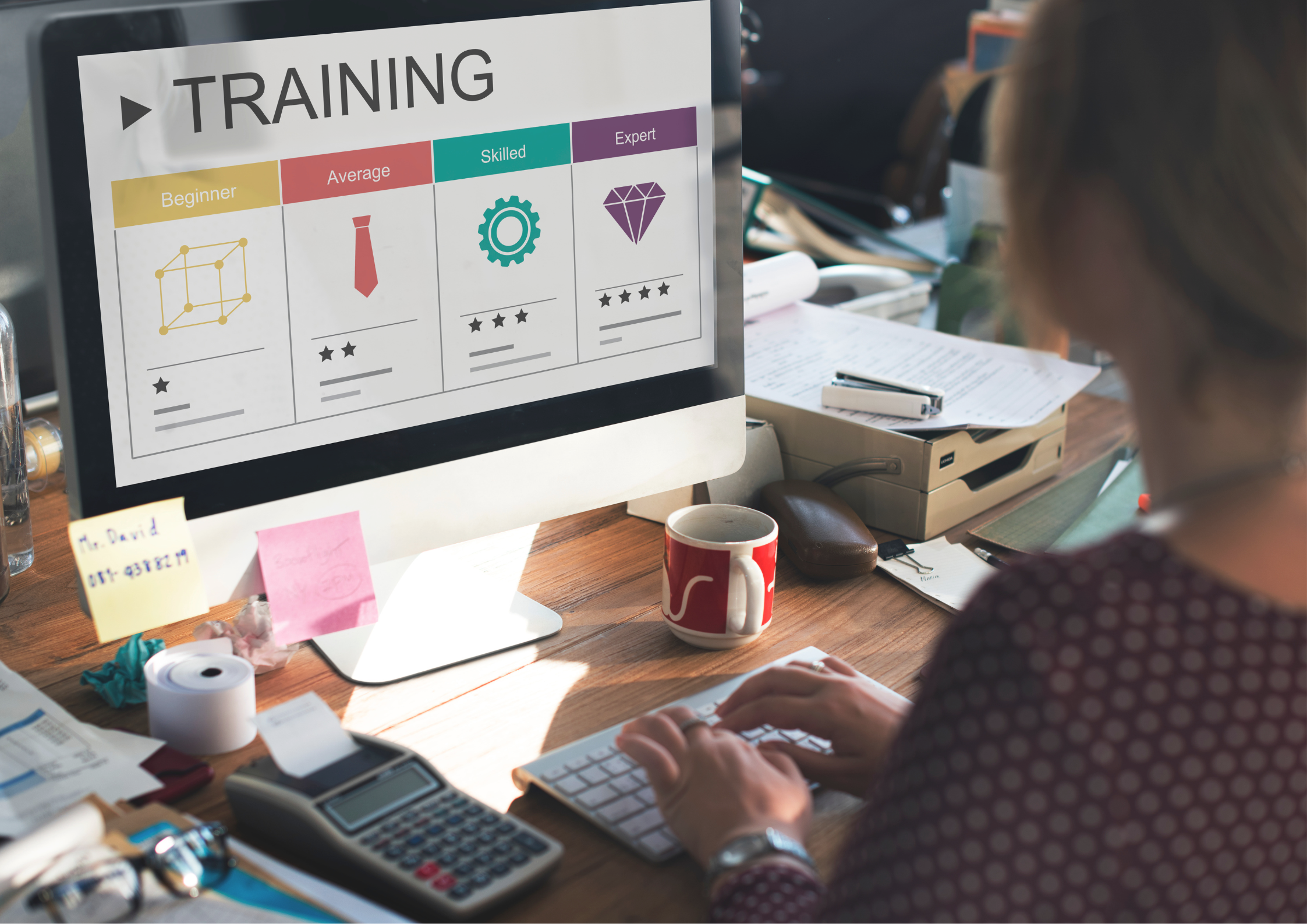In the current, rapid-paced, performance-driven environment we all work in today, it is not
enough to rely on traditional training methods to support the evolving needs of contemporary
organizations. Learning Management Systems (LMS) have progressed tremendously from
simple content repositories to dynamic systems, allowing for learning and development “in the
moment.” However, we must recognize we will not simply rely on content delivery and tracking;
our focus must move toward developing capabilities through coaching and enablement.
Embedding coaching and enablement into the modern LMS is becoming a game-changer for
enterprises that want to drive performance, close skill gaps, and build a continuous
improvement culture.
➢ Evolution of LMS
Learning Management Systems were designed with an initial purpose of storing, managing and
deploying learning content, primarily static courses and compliance training. The LMS market
has since grown to encompass social learning, mobile learning, gamified learning, and data
analytics.
Most of these add-ons are insufficient in turning knowledge into action, however. The modern
workplace typically requires adaptive learning systems that not only push-out content but also
support employees in applying what they learn on the job. This is the role of coaching and
enablement.
➢An Understanding of Coaching vs Enablement
While coaching and enablement are sometimes mistakenly used interchangeably, they perform
different functions:
First, coaching is a motivational and developmental activity that often occurs in a one-on-one
capacity. The coach’s objective is to develop an individual by improving performance, building
confidence, and enhancing skills through encouragement, guidance, feedback, and reflection.
Second, enablement contains its focus on providing tools, resources, processes, and training
which helps employees do their role effectively.
Together, coaching and enablement combine to create a learning ecosystem – an environment
➢ Why Integration Matters
Typically, traditional LMS platforms are siloed from the real world and from frontline feedback.
Integrating coaching and enablement into a LMS can fill this gap by:
- Supporting real-time improvements to performance
- Enabling continuous feedback loops
- Connecting learning and development to business outcomes
- Creating a personalized, data-informed learning journey
Overall, this changes the LMS from a static library of content to a dynamic enabler of
organizational capability.
➢ Coaching in LMS Benefits of Embedding
Embedding coaching features into an LMS presents several advantages:
- Scalability: Digital coaching can be provided on a large scale for personal
development purposes - Consistency: The coach agrees on the standardized training material and the
organizational framework. - Data-Driven Feedback: Analysis dashboards track and monitor progress to
alter it as needed. - Retention and Engagement: Employees may retain information better and
stay engaged if there is backup support past static courses.
➢ Enablement as a Level of Strategy
Enablement is more than just training. It covers job tools, sales guides new hire materials, and
CRM-linked learning units that boost knowledge during work. When enablement content is part
of the LMS:
- Staff can find the right info when they need it.
- Learning becomes relevant and useful.
- Sales and customer support teams can get up to speed quicker and better.
An LMS with built-in enablement tools helps companies to achieve steady performance across
all departments and locations.
➢ Key Features for an LMS that is Ready for the Future
To combine coaching and enablement modern LMS platforms need to have:
- Learning Paths Powered by AI: Create personalized growth plans based on
job roles how well someone’s doing, and what they want to achieve. - Tools for Live Coaching: Bring together video calls, performance check-ins,
and ways to give and get feedback. - Learning Widgets That Work with Your Tools: Offer relevant info right when
you need it in the apps you use every day. - Dashboards for Data: Keep an eye on what people are learning how coaching
is going, and how much the enablement tools are being used. - Ways to Gather and Manage Content: Keep resources fresh and in line with
what the business needs.
➢ Use Cases
Many forward-thinking organizations are already embracing this integrated approach. For
example:
- Sales teams receive real-time coaching based on deal reviews, integrated with
LMS-based simulations and pitch libraries. - Customer service agents access enablement materials directly from their CRM
while receiving ongoing coaching to improve call handling. - Managers use LMS-integrated coaching tools to set goals, track progress, and
offer developmental feedback during weekly check-ins.
These applications demonstrate how combining coaching and enablement with LMS results in
improved productivity and employee engagement.
➢ Challenges and Considerations
Integration comes with challenges notwithstanding its advantages:
- Employees and managers have to be instructed to embrace a new approach to
learning and development. - System Complexity: Integrating other systems—CRM, HRIS, and collaboration
tools—calls for deliberated designing. - Without adequate control, students may feel overburdened by too many
materials
Choosing the appropriate technological partner and carrying out a phased rollout can help to
reduce these issues.
➢ Conclusion
The future of corporate training will beyond consumption of content into real capability building.
By embedding coaching and enablement into modern LMS platforms, organizations can build a
culture of continuous improvement, support learning while real-time learning occurs, and
achieve demonstrable business results.
Businesses are trying to manage demands of a hybrid and fast-moving environment of work, so
investing in a future-ready LMS is not only a training strategy, but it is a growth strategy.



